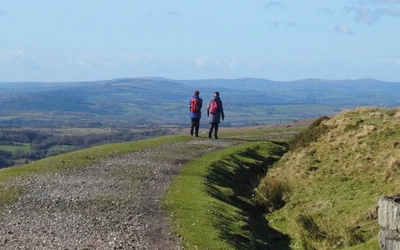
Feature

France is a country of contrasting rural landscapes, all just waiting to be enjoyed on foot or by bike. From the soaring mountains of the Alps to limestone gorges, from fields of lavender to ancient volcanoes, there are walks, treks (many on GR trails) and cycle routes which may also pass ancient villages, opulent chateaux and Cathar castles, each demanding your attention.
46 Books Available
34 Articles Available